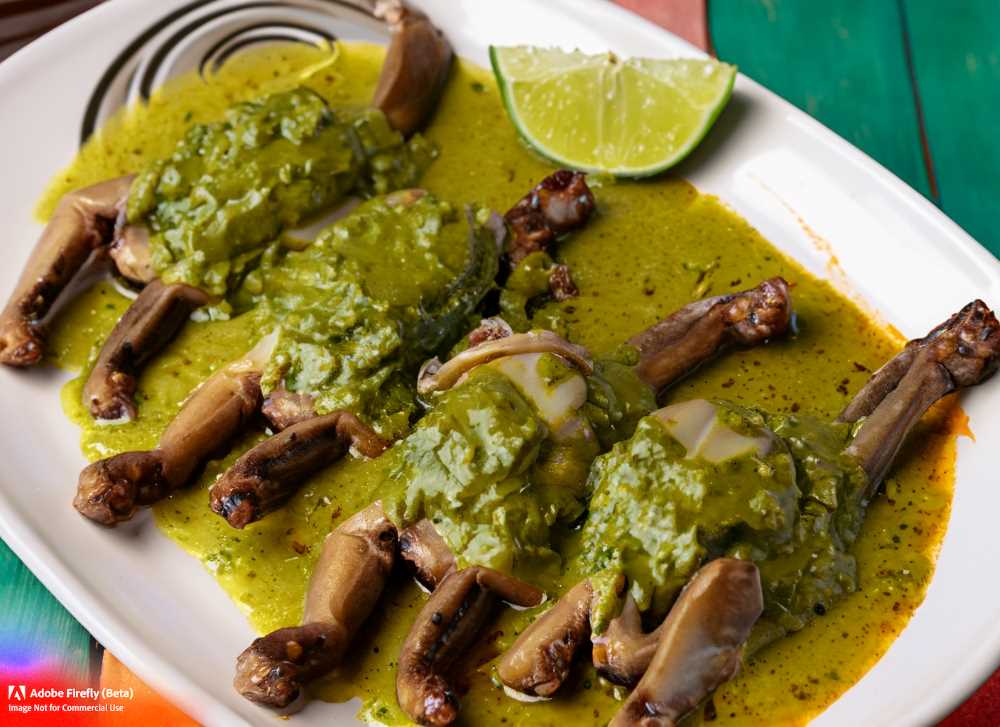The Weird and Wonderful World of Frogs in Mexican Cuisine
Discover the nutritional value and cultural significance of frogs in traditional Mexican cuisine. Learn about their reproduction, preparation methods, and where to find them. Explore the role of frogs in Mexican literature and their continued popularity.





